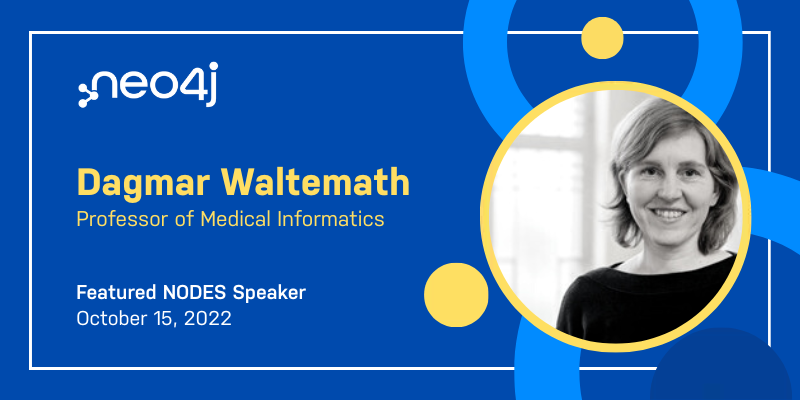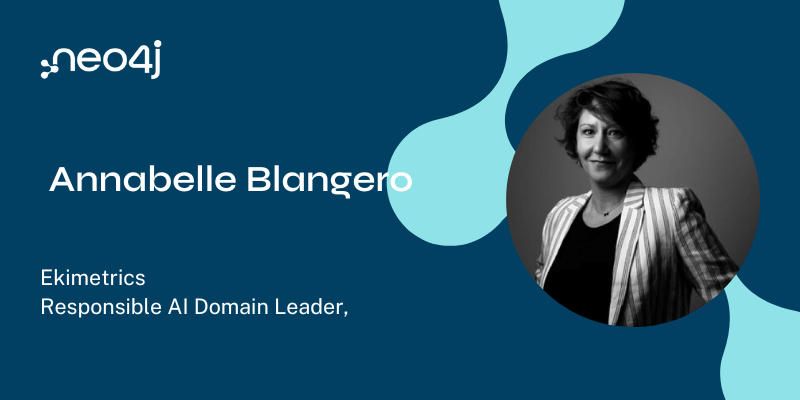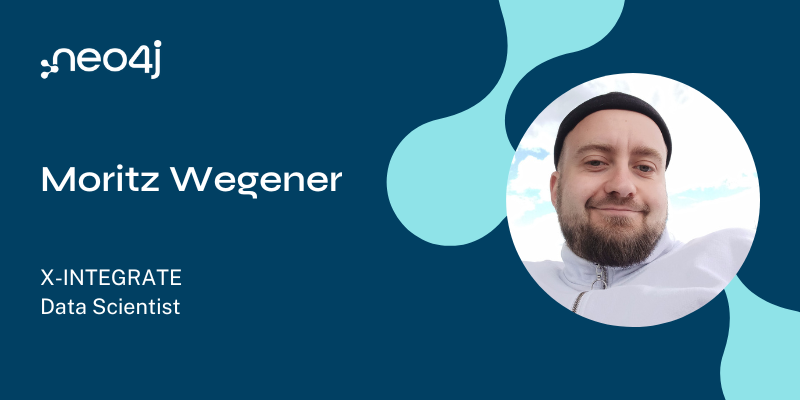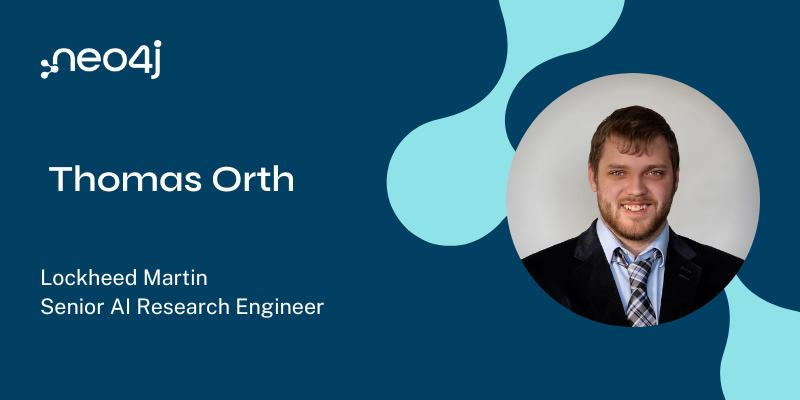This Week in Neo4j: New GraphAcademy Course, Road to NODES Workshops, Link Prediction Pipelines, Graph Native Storage, and More

Sr. Manager, Developer Community
3 min read

We just released the GraphAcademy course “Path Finding with Graph Data Science.” This new course teaches you how to find the shortest paths between pairs of nodes and includes examples for both weighted and unweighted relationships. All the GraphAcademy courses give you practical knowledge with demos and data sets you can experiment with.
Stay on top of the latest graph technology with our free two-hour pre-NODES workshops on Apache Hop, Graph EDA, Apache Arrow, healthcare analytics, and Neo4j graph database offered by top graph practitioners. NODES is a free 24-hour event on Nov 16 and 17, featuring over 100 graph experts from around the world sharing their knowledge. Among all of the unique use cases that are represented, you are certain to have your graph quest fulfilled!
Cheers,
Yolande Poirier
FEATURED NODES SPEAKER: Dagmar Waltemath
Using the examples of COVID-19 data and data from health studies in epidemiology, Dagmar showcases a knowledge graph integrating multiple data sources during the NODES conference.
Dagmar is a Professor of Medical Informatics at University Medicine Greifswald. She is a computer scientist by training with a specialization in databases and information systems. Dagmar is highly interested in how graph databases can lead to better data integration and exploration. Don’t miss it: save your seat now!
You can also follow her on Linkedin.

NEW COURSE: New GraphAcademy Course: Path Finding With GDS
If you’re interested in learning how to use the Neo4j Graph Data Science library to find weighted shortest paths, check out the free one-hour Graph Academy course: “Path Finding with GDS.” This new course is intended for analysts and data scientists who have basic knowledge of Neo4j, Cypher, and Graph Data Science. If needed, you can take care of the prerequisite Neo4j Graph Data Science fundamentals in a separate one-hour course to level up your skills.
DATA STRUCTURE: Graph Data Model and Graph Native Storage & Processing
In this blog, Bijeet Singh takes a look at graph native storage and how the data structures of Neo4j nodes and relationships are modeled and stored. He also examines how traversal is accomplished by scanning the node relationship chain.
VIDEO TUTORIAL: Link Predictions With Neo4j GDS Explained
OPEN SOURCE: Hacktoberfest at Neo4j
VISUALIZATION: Data Storytelling With Neo4j NeoDash 2.0, a 5-Part Series
TWEET OF THE WEEK: @logicalgraphs
Don’t forget to retweet if you like it!
Partial solution, part II:
1. We use @neo4j Aura graph database.
2. We upload using their graphical uploading tool, which gets easier than “LOAD CSV” once you get the hang of it.
3. Sample Stable Coin graph
4. Dijkstra shortest path $DAI.e -> $USDT.eBut there’s a problem… pic.twitter.com/km2nh561Qv
— Logical Graphs, LLC ? (@logicalgraphs) October 7, 2022
… Of Special Interest
- Rik Van Bruggen had a ton of fun building a graph of dad jokes in Neo4j. It makes for a cool graph database and data science topic. Check it out!
- Orie Steele shares his weekend project – compiling JSON-LD (Decentralized Identifiers and Verifiable Credentials) to Cypher. Check it out.








